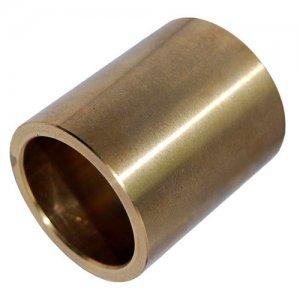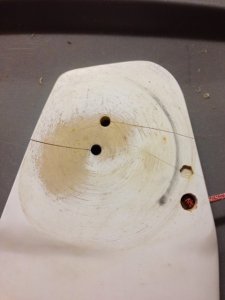andyatos
Well-Known Member
Hi all,
Ed was curious as to how I made my rudder go vertical. I said I'd do a video. Here's the video.
Cheers,
- Andy
Ed was curious as to how I made my rudder go vertical. I said I'd do a video. Here's the video.
Cheers,
- Andy

 -- Ed
-- Ed



